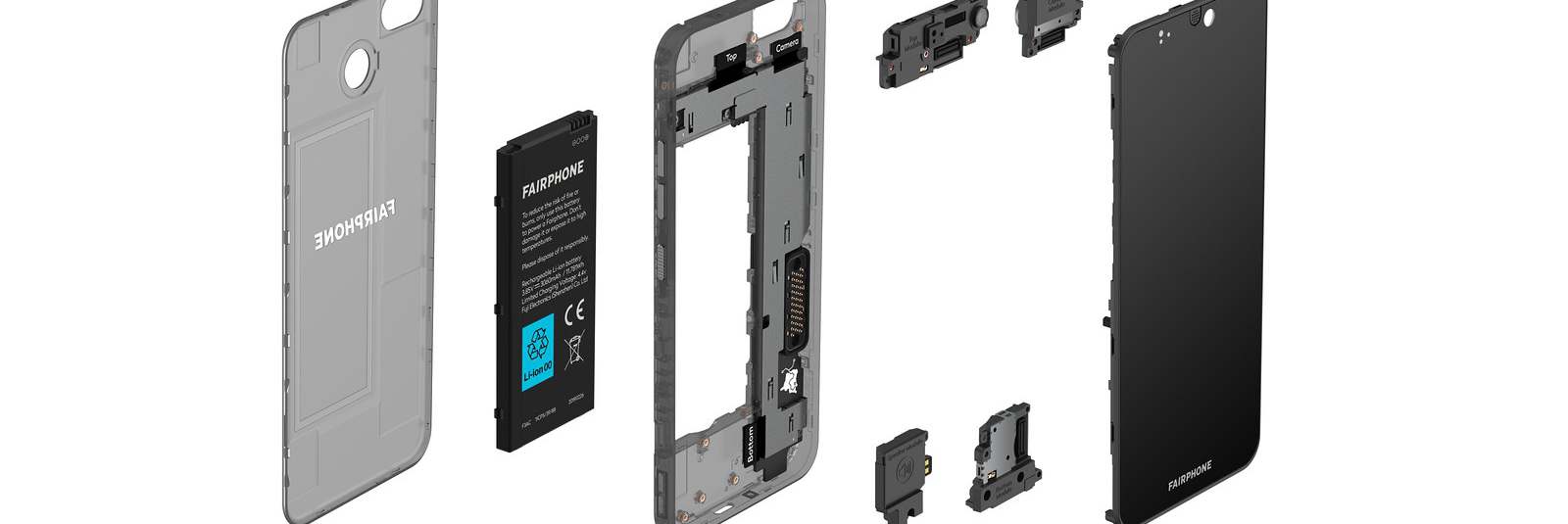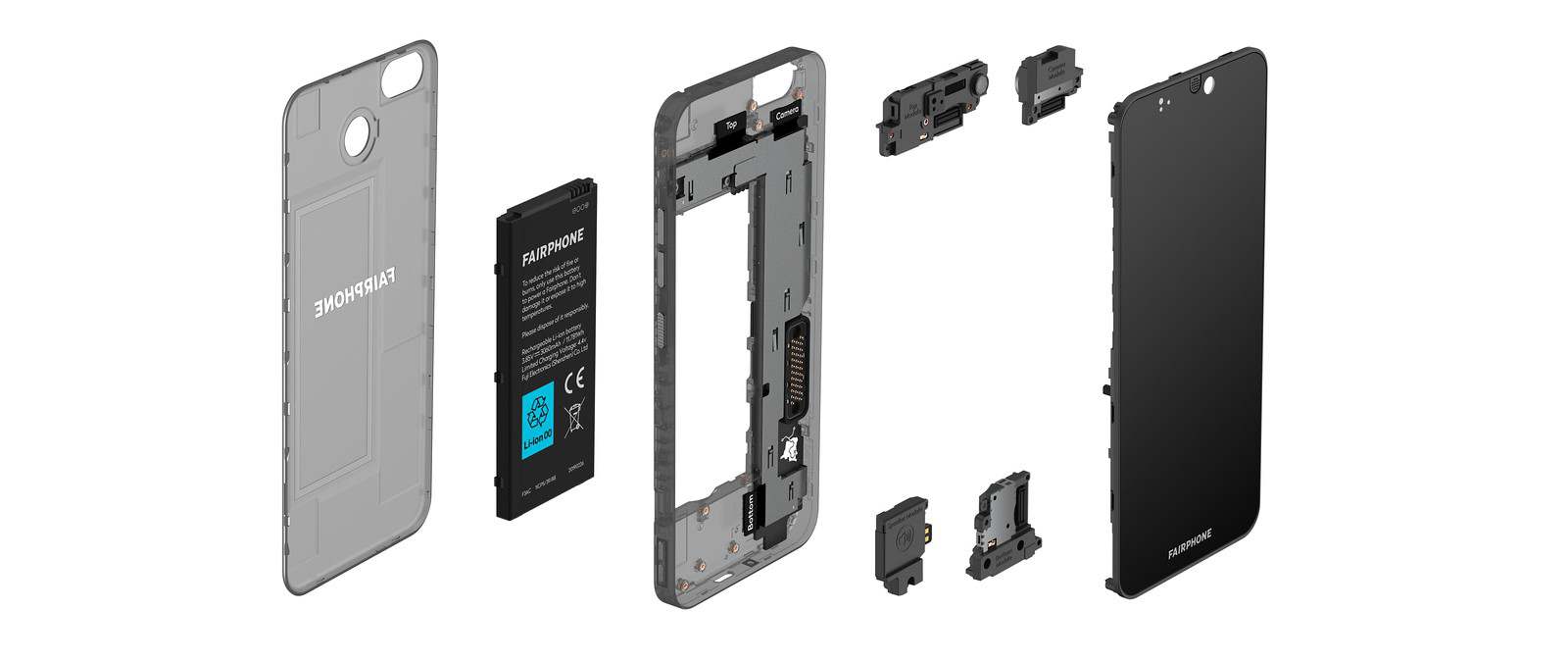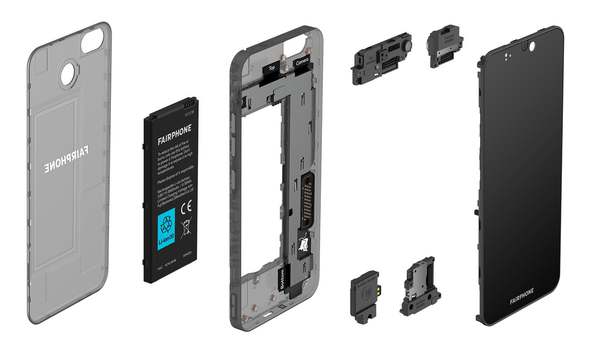
Making phones more repairable
Eco-aware phone company Fairphone has produced a screwed together phone and this begs the question “why can’t all phones be this easy to take apart”.
It’s not about taking them apart it’s about putting them together.
If you want a phone to be thin and rigid you want glue. Gluing the battery into a phone forms a major part of the structural rigidity. The design of a handset is all about space. Every team wants more. The camera people want the phone thicker for the optics. The audio people want a bigger microphone. The radio people really need space between all the different antennas they have for multiple 2G, 3G, 4G and 5G frequencies as well Bluetooth and WiFi. Better battery life means a thicker phone. Meanwhile marketing wants the device as thin as possible.
If you want a rigid frame with screw holes you make the phone fatter. Glue makes a phone rigid along a whole area not just the points of the screws. You can make a thinner, better feeling device.
A battery glued to the case, and the circuit board becomes a structural part of the phone.

It’s also about staffing. Glue is a low skill job. So is a simple clip. Repetitively using an electric screwdriver needs some skill and training. If you have a reliable workforce which turns up every day you can justify this. But no-one wants to work in a mobile factory. If you can get a job in a bar or hospital you’ll just not show up at the factory. So manufacturers have realised they need to have a process that is so simple a worker can be productive as soon as they start work. Put someone on a production line with an electric screwdriver too soon and they will cross threads and damage the product. That same person can be gluing phones within a morning.
|
GET CW JOURNAL ARTICLES STRAIGHT TO YOUR INBOX Subscribe now |
If someone works at a job gluing for a few days before leaving you’ve had useful work out of them. If you’ve spent a few days training and then they leave you’ve just wasted the time.
Broad brush, Asian workers are more likely to be reliable, so a factory in China can make products that require more skill than Eastern European ones.
This makes the Fairphone disproportionately bad value. It’s a not very good looking phone with mediocre specification at a mid-market price. I bet it creaks when you flex it.
It feels cheap and yet it costs them significantly more to make. I’m not making an apology for the throw-away culture. Instead, I wanted to explain that not making phones easy to disassemble isn’t lack of thought or some dastardly plot to create waste.
A few weeks ago, I went to see how Ford is making electric commercial vehicles. I was surprised to see that the battery packs were not a structural component. The batteries slotted into packs where they were welded and the packs into a frame which went into the van or lorry. I asked why this was done and was told that it’s a stepping stone. In time the batteries will form the chassis.
When that happens it won’t just be phones that are hard to repair.
|
DO YOU HAVE A VIEW ON THIS SUBJECT, OR RESPONSE YOU'D LIKE TO SHARE? |
Simon Rockman bridges writing about technology and implementing it. As the editor of UK5G Innovation Briefing he visits many of the 5G applications. As Chief of Staff at Telet Research he works with a team installing 5G networks in not-spots. An experienced technology writer, he was the editor of Personal Computer World in the late 1980s and went on to found What Mobile magazine which he ran for ten years, and has reviewed over 300 handsets. As the mobile correspondent for The Register, he championed CW writing a number of articles supporting the organisation. He has also had senior roles in telecoms having been the Creative Experience Director at Motorola where he looked at new uses for mobile and Head of Requirements at Sony Ericsson where we worked on innovative devices at entry level. He was the Head of the Mobile Money Information Exchange at the GSMA and has launched Fuss Free Phones an MVNO aimed at older users











